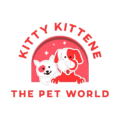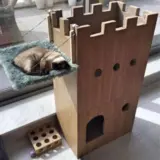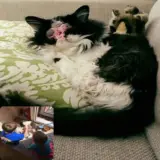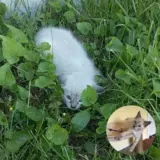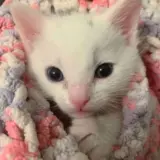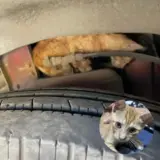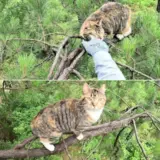Choosing the right type of food for your cat is crucial to ensure their overall health and well-being. Two popular options available in the market are wet food and dry food.
In this article, we will explore the pros and cons of wet food and dry food, helping you determine which option is better for your cat’s diet.
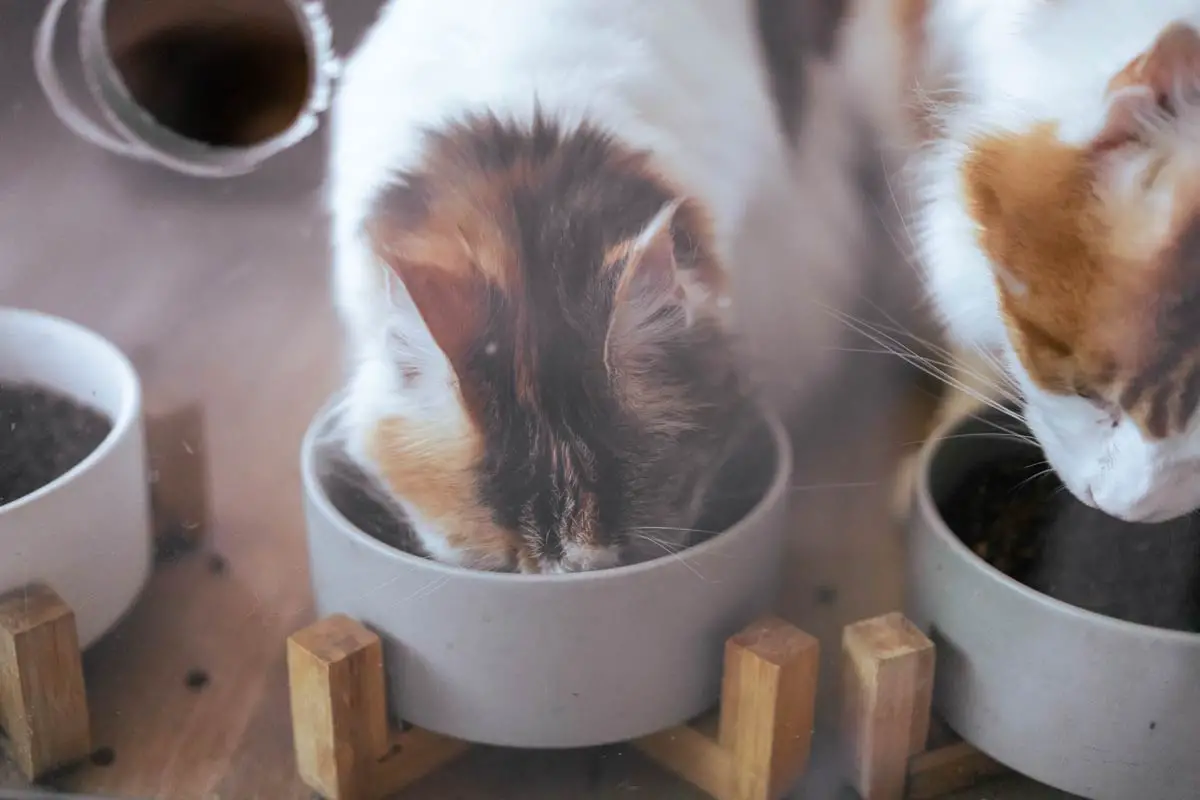
1. Wet Food
What is “Wet Food”?
Wet food (canned food), is a type of cat food that typically comes in small cans or pouches.
It contains a high moisture content, usually around 75% to 85%.
Wet food is made up of a combination of meat, poultry, fish, or other animal-based ingredients, along with added vitamins and minerals.
It is cooked and processed to ensure safety and longevity.
Why Do Cats Need Wet Food?
Cats are obligate carnivores, which means their bodies are designed to thrive on a diet primarily composed of animal protein.
Wet food closely resembles the natural diet of cats, which consists of prey animals that are high in moisture.
The high moisture content in wet food helps to keep cats hydrated and supports healthy kidney function.
It can also be beneficial for cats with urinary tract issues, as it encourages increased water intake, diluting the urine and reducing the risk of crystal formation.
Furthermore, wet food tends to have a higher protein content and lower carbohydrate content compared to dry food.
This makes it an ideal option for cats that require a low-carbohydrate diet, such as those with diabetes or weight management issues.
The rich aroma and flavors of wet food also make it more palatable, appealing to cats with a finicky appetite or those who need encouragement to eat.
How Much Wet Food to Feed a Cat Every Day?
This depends on various factors such as age, weight, activity level, and overall health.
It is generally recommended to feed adult cats approximately 2 to 4 small cans (3 oz each) of wet food per day, divided into multiple meals.
However, it is important to consult with your veterinarian to determine the specific dietary needs of your cat.
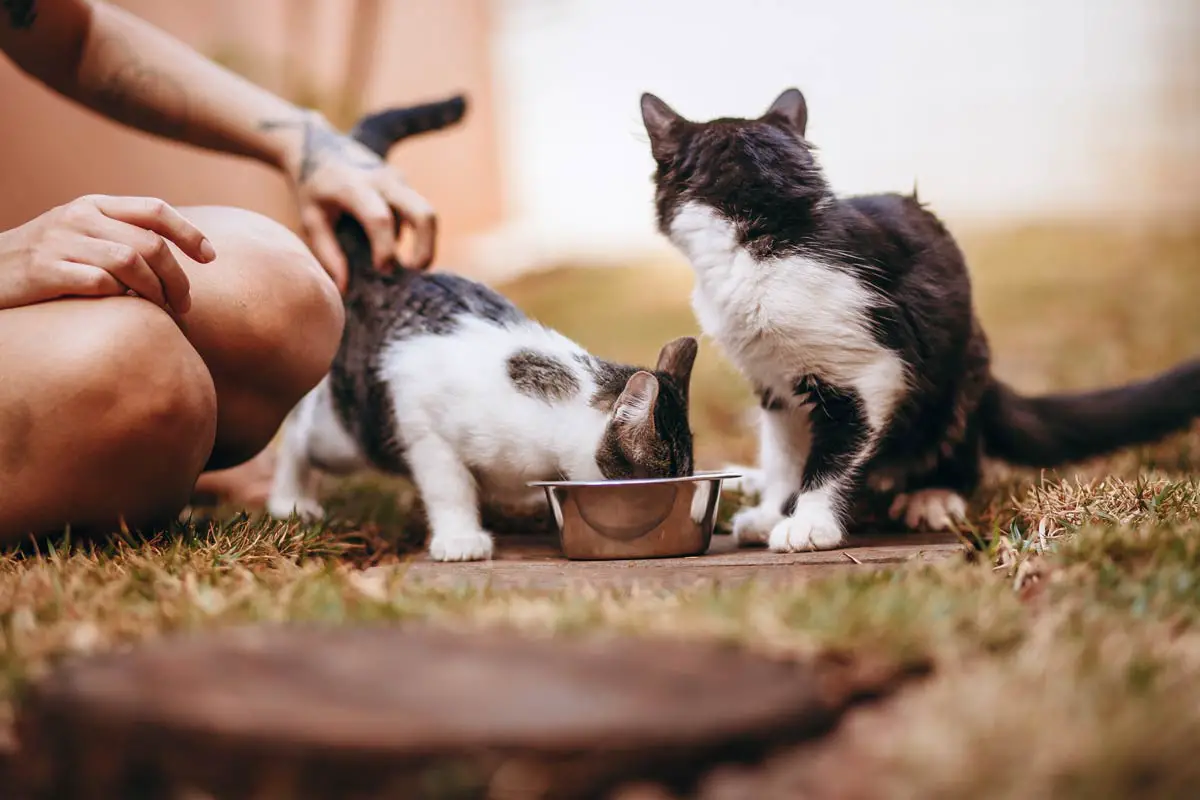
2. Dry Food
What is “Dry Food”?
Dry food (kibble), is a type of cat food that comes in the form of small, dry pieces.
It typically contains a lower moisture content, usually around 5% to 10%.
Dry food is made by cooking and dehydrating a mixture of animal-based proteins, grains, vegetables, and added vitamins and minerals.
The resulting kibble has a longer shelf life and is convenient for pet owners.
Why Do Cats Need Dry Food?
Dry food provides a convenient and cost-effective option for feeding cats.
It can be left out for longer periods without spoiling, making it ideal for pet owners who prefer to free-feed their cats.
Dry food also helps to maintain dental health to some extent.
The texture of the kibble can help reduce plaque and tartar buildup through the mechanical action of chewing.
However, it’s important to note that not all cats chew their dry food thoroughly, and the effectiveness of this method can vary among individuals.
Additionally, some dry food options are formulated to provide balanced nutrition, with added vitamins, minerals, and specific nutrients.
It is important to choose high-quality dry food that meets the nutritional requirements of your cat.
However, it is worth mentioning that dry food tends to have a higher carbohydrate content, which may not be ideal for cats with specific dietary needs, such as those with diabetes or weight management issues.
How Much Dry Food to Feed a Cat Every Day?
The amount of dry food to feed a cat varies depending on factors such as age, weight, activity level, and overall health.
As a general guideline, it is recommended to provide approximately ¼ to ½ cups of dry food per day for an average-sized adult cat.
However, it is essential to consult with your veterinarian to determine the appropriate portion size for your cat’s specific needs.
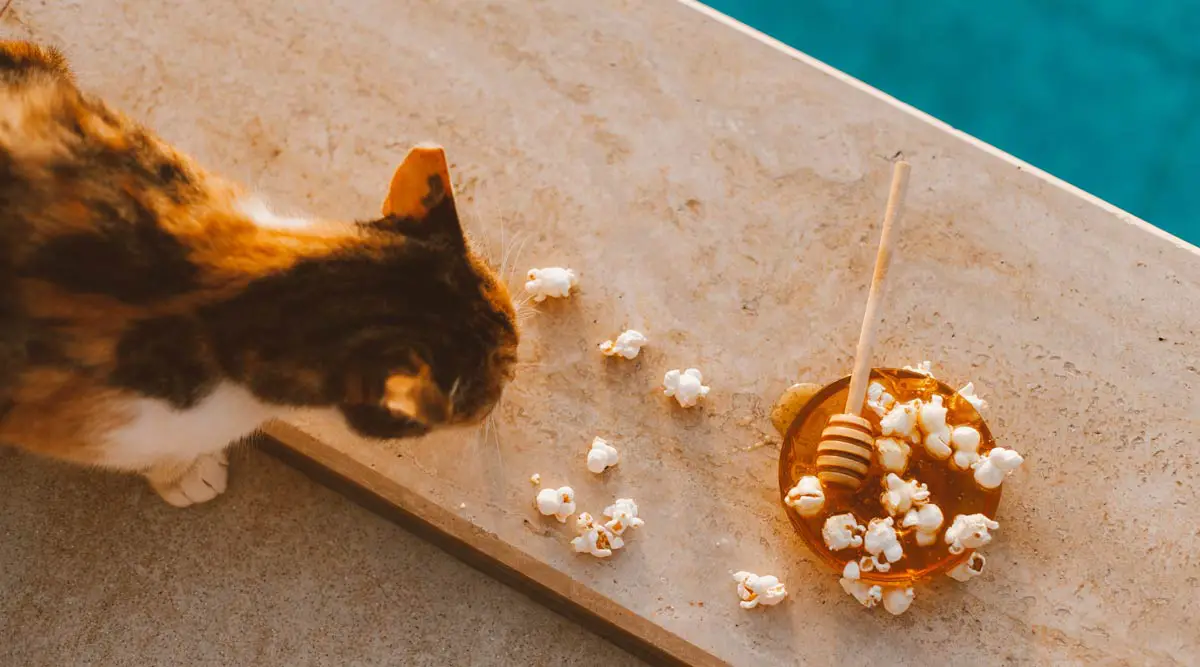
3. Wet Food or Dry Food? Or Both
Choosing between wet food and dry food for your cat’s diet can be a challenging decision.
Both options have their own advantages and considerations.
| Wet Food | Dry Food |
|---|---|
| High moisture content, which helps to keep your cat hydrated and supports proper kidney function. | A convenient and cost-effective option |
| The rich aroma and flavors of wet food make it highly palatable, and appealing to cats with picky appetites. | A longer shelf life and can be left out for longer periods without spoiling, making it ideal for free-feeding |
| Have a higher protein content and lower carbohydrate content, which can be beneficial for cats with specific dietary needs, such as those with diabetes or weight management issues. | The texture of dry food can also help maintain dental health to some extent, as the chewing action can reduce plaque and tartar buildup. |
| Provide balanced nutrition, with added vitamins, minerals, and specific nutrients. |
Both Wet and Dry Food
In many cases, providing a combination of wet and dry food can be beneficial for your cat’s overall health. The key is to find a balance that meets your cat’s nutritional needs and preferences. By offering both wet and dry food, you can provide variety in texture, taste, and moisture content, making mealtime more interesting for your cat.
Benefits of Incorporating Both:
- Nutritional Variety: Each type of food offers different nutritional benefits. Wet food provides high moisture content and animal-based protein, while dry food can contribute to dental health and provide convenience. By combining both, you can ensure your cat receives a diverse range of nutrients.
- Hydration: Many cats don’t drink enough water, which can lead to dehydration and urinary tract issues. Wet food helps address this problem by providing extra moisture. By incorporating wet food into your cat’s diet, you can help keep them hydrated and support their urinary health.
- Dental Health: While dry food can contribute to dental hygiene, it is not a substitute for regular brushing or professional dental care. However, the chewing action required for dry food can help reduce plaque buildup to some extent. By including dry food in your cat’s diet, you can offer them an additional opportunity for dental stimulation.
- Personal Preference: Cats can be finicky eaters, and their preferences for wet or dry food can vary. By providing both options, you can accommodate their individual tastes and preferences, ensuring they enjoy their meals.
The best approach is to consider your cat’s individual needs, preferences, and overall health.
It is recommended to consult with your veterinarian to determine the most suitable diet for your cat.
They can take into account factors such as age, breed, health condition, and specific dietary requirements to provide tailored recommendations.
4. Conclusion
The decision between wet food and dry food ultimately depends on your cat’s specific needs and your personal circumstances.
Whether you choose wet food, dry food, or a combination of both, ensure that the food you provide meets the nutritional requirements of your cat.
Related: Understanding The Importance Of a Balanced Diet For Cats
